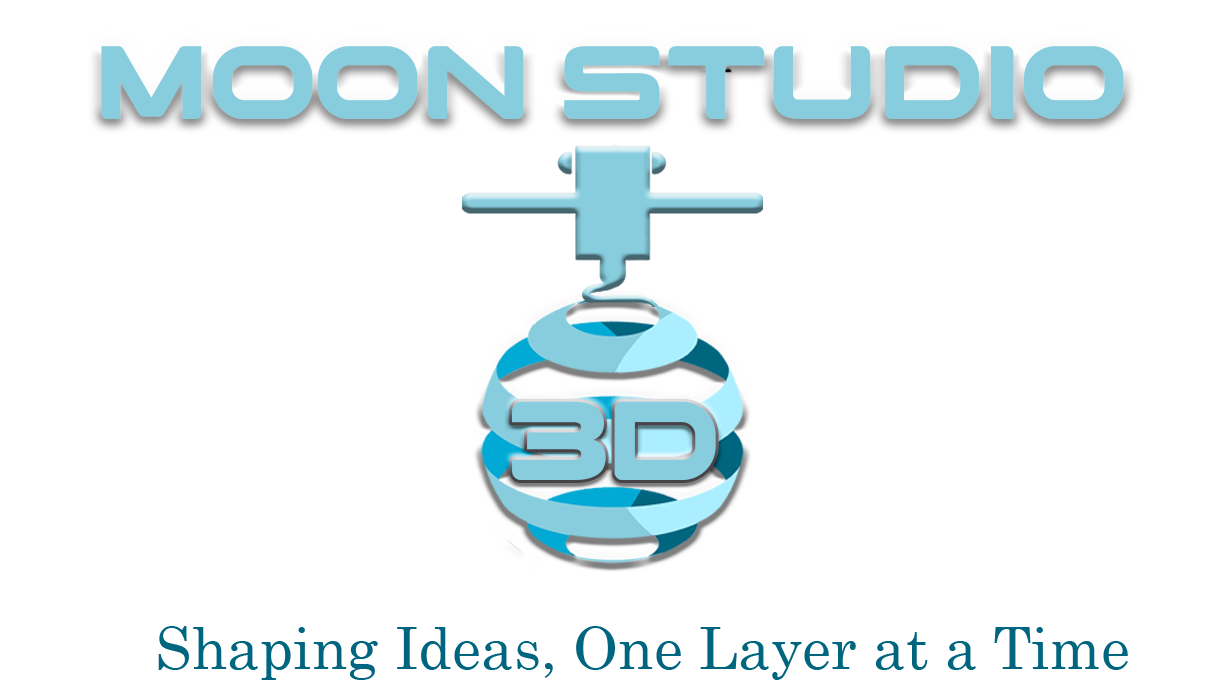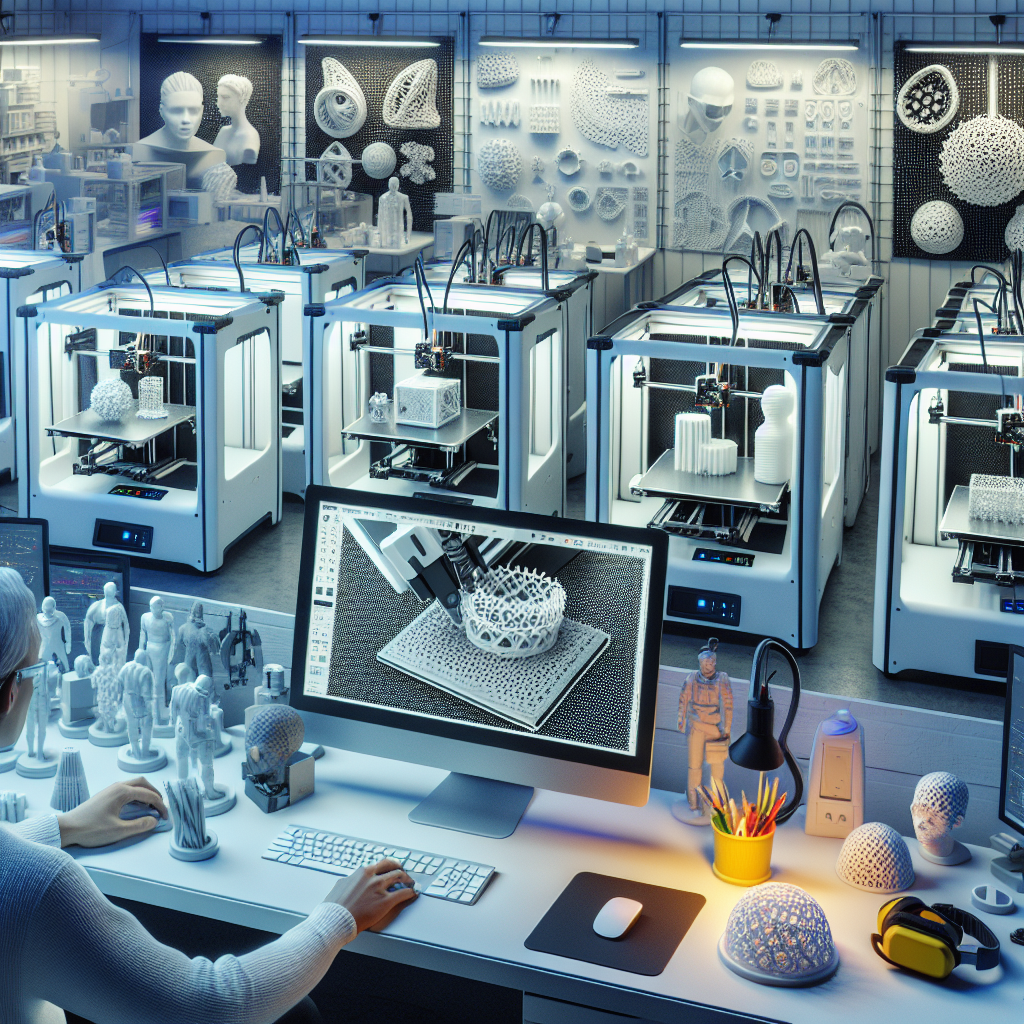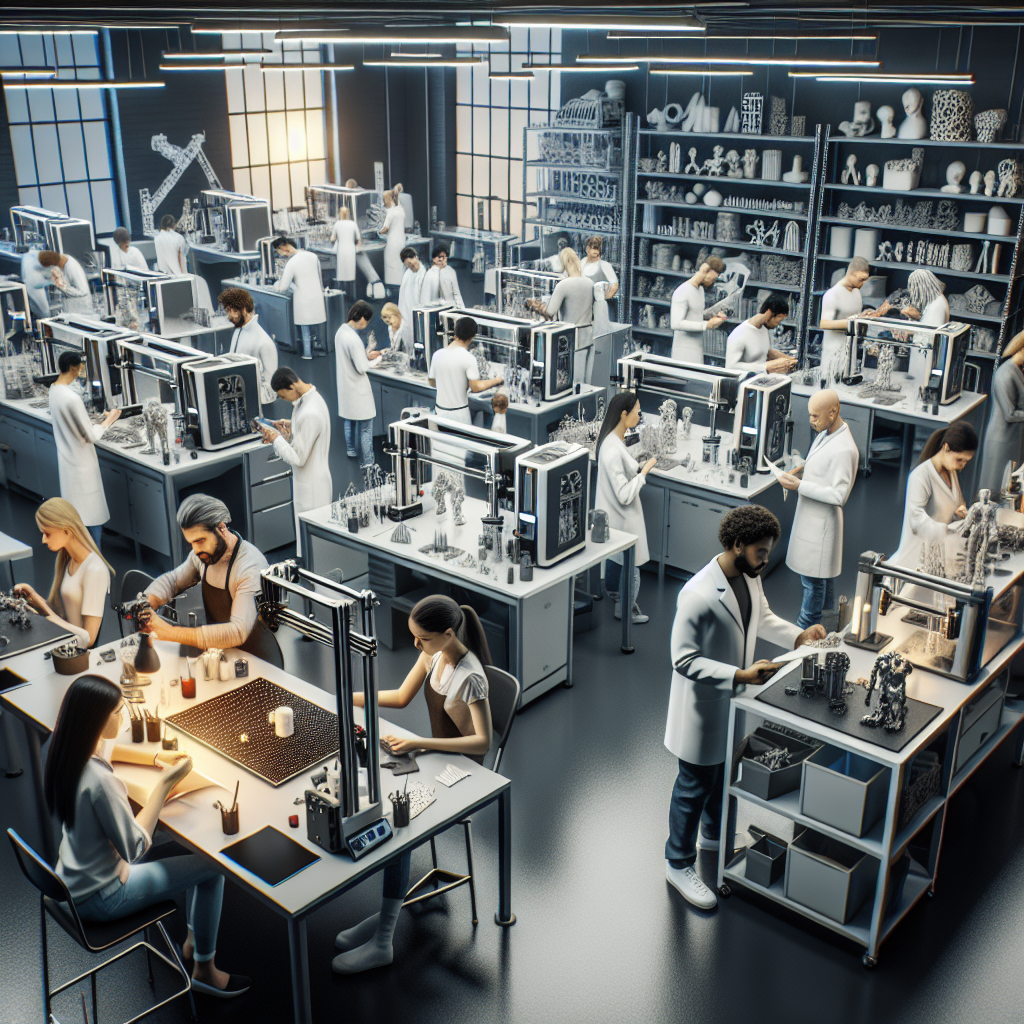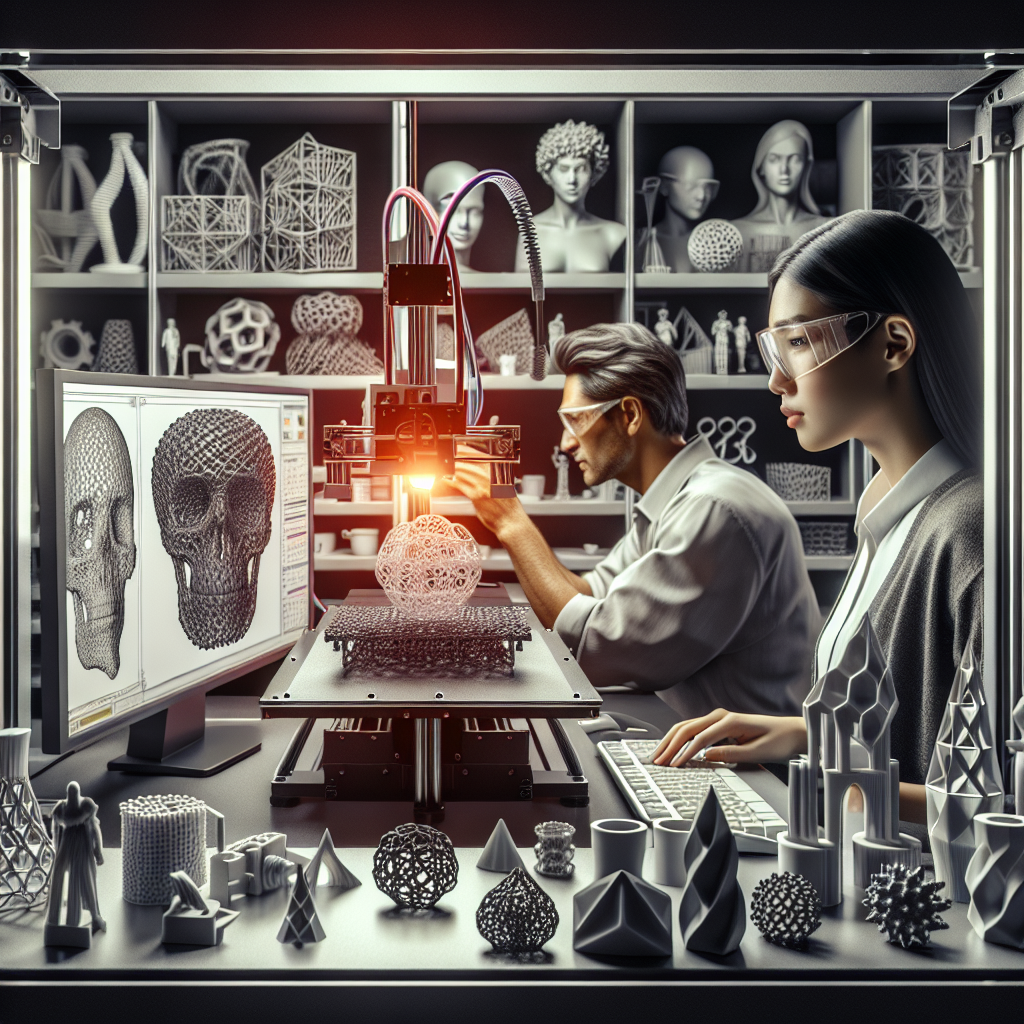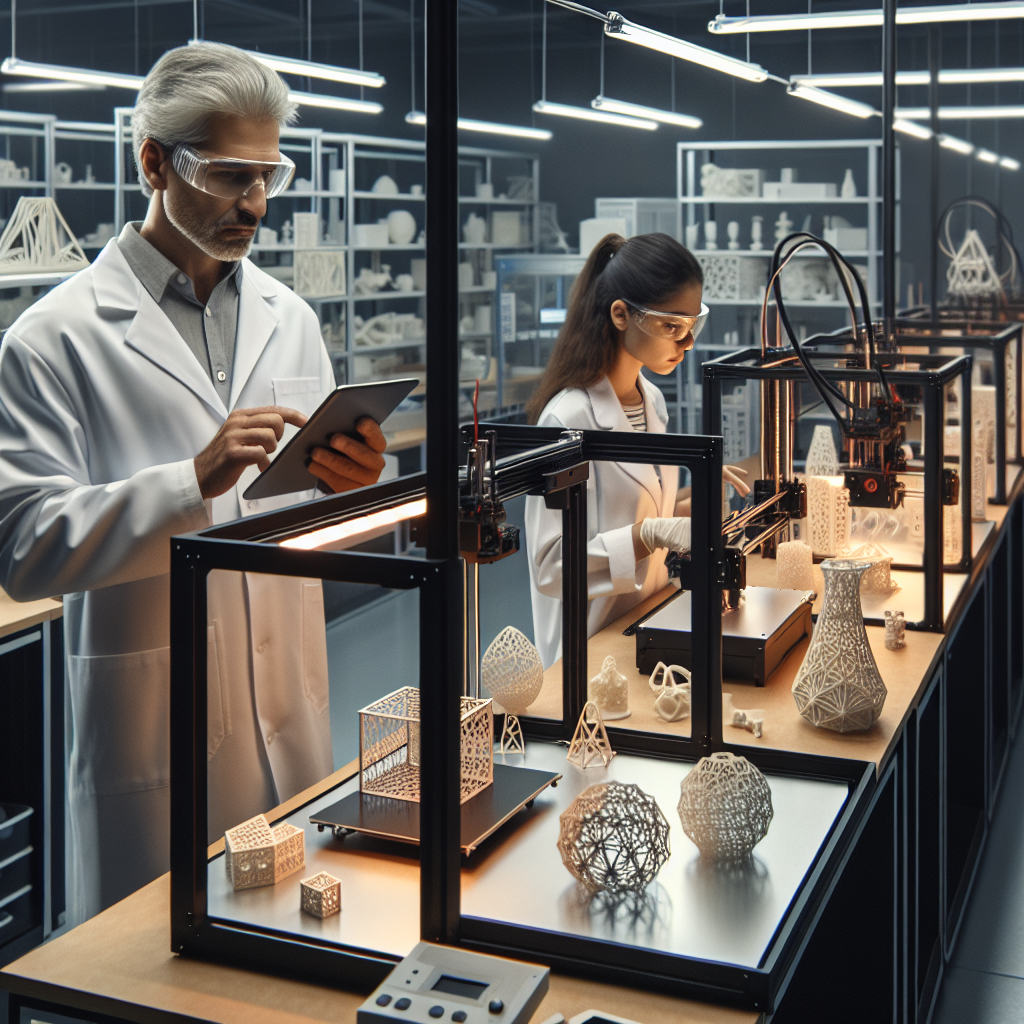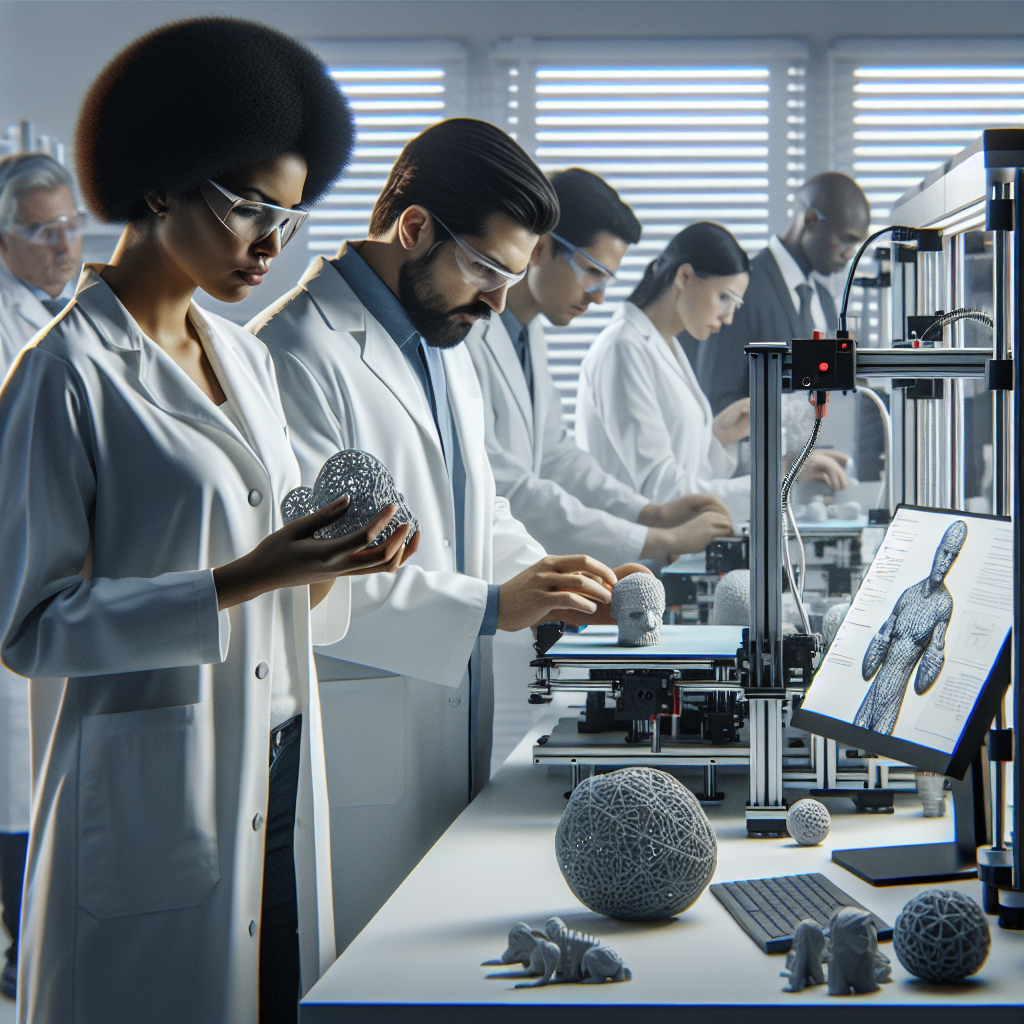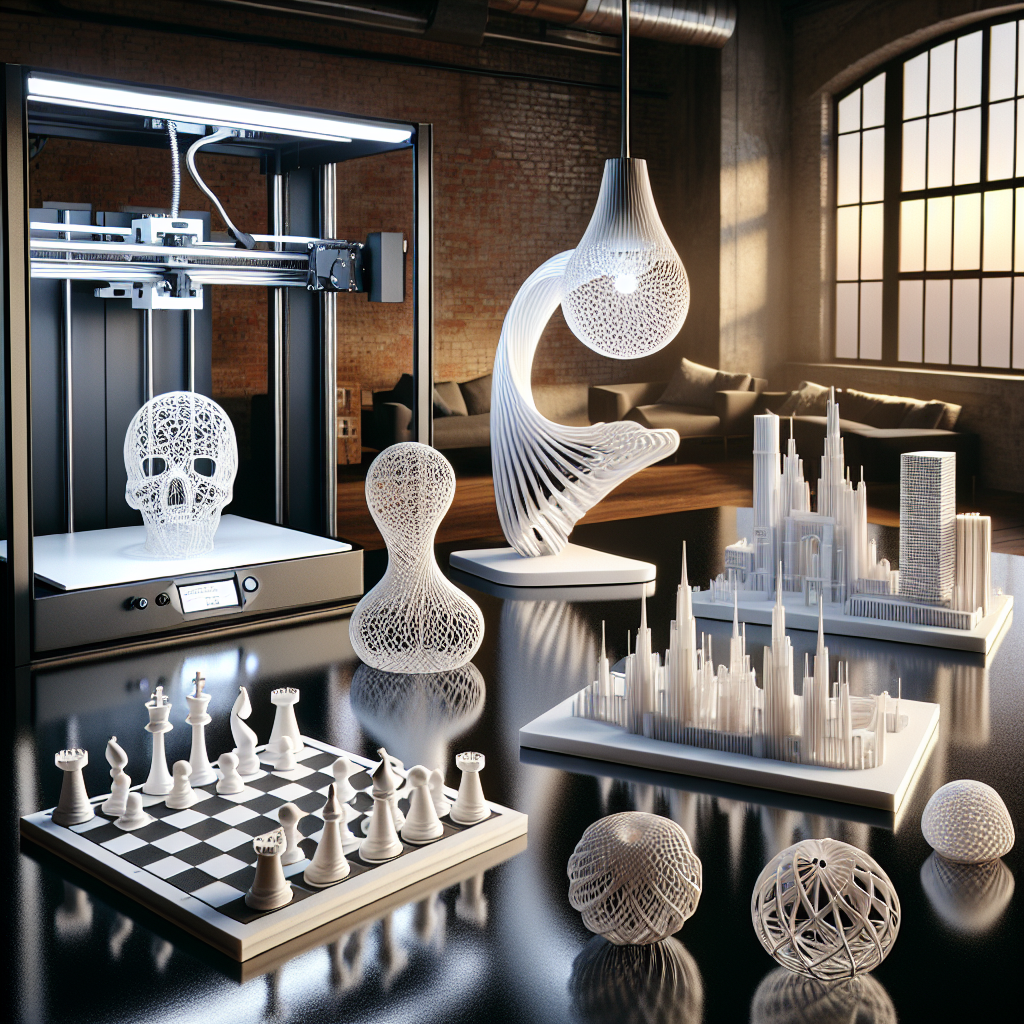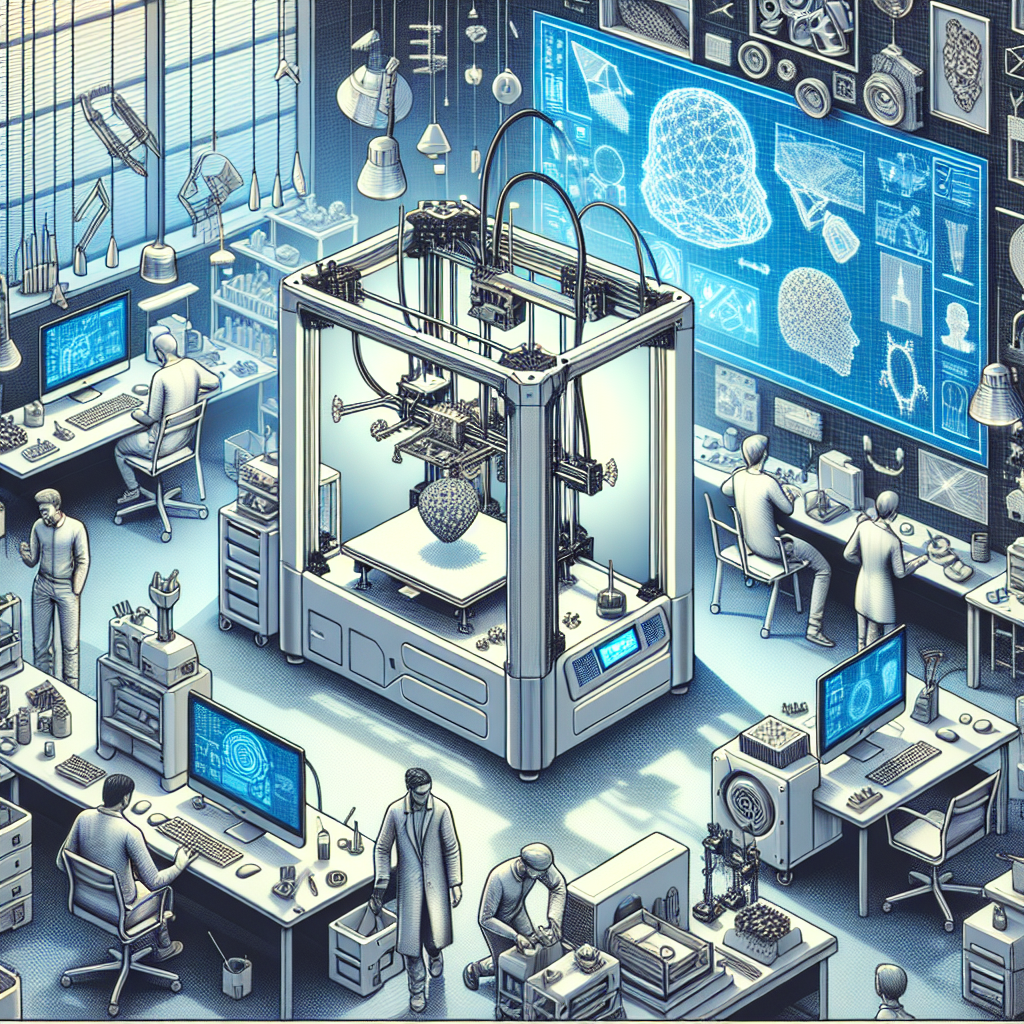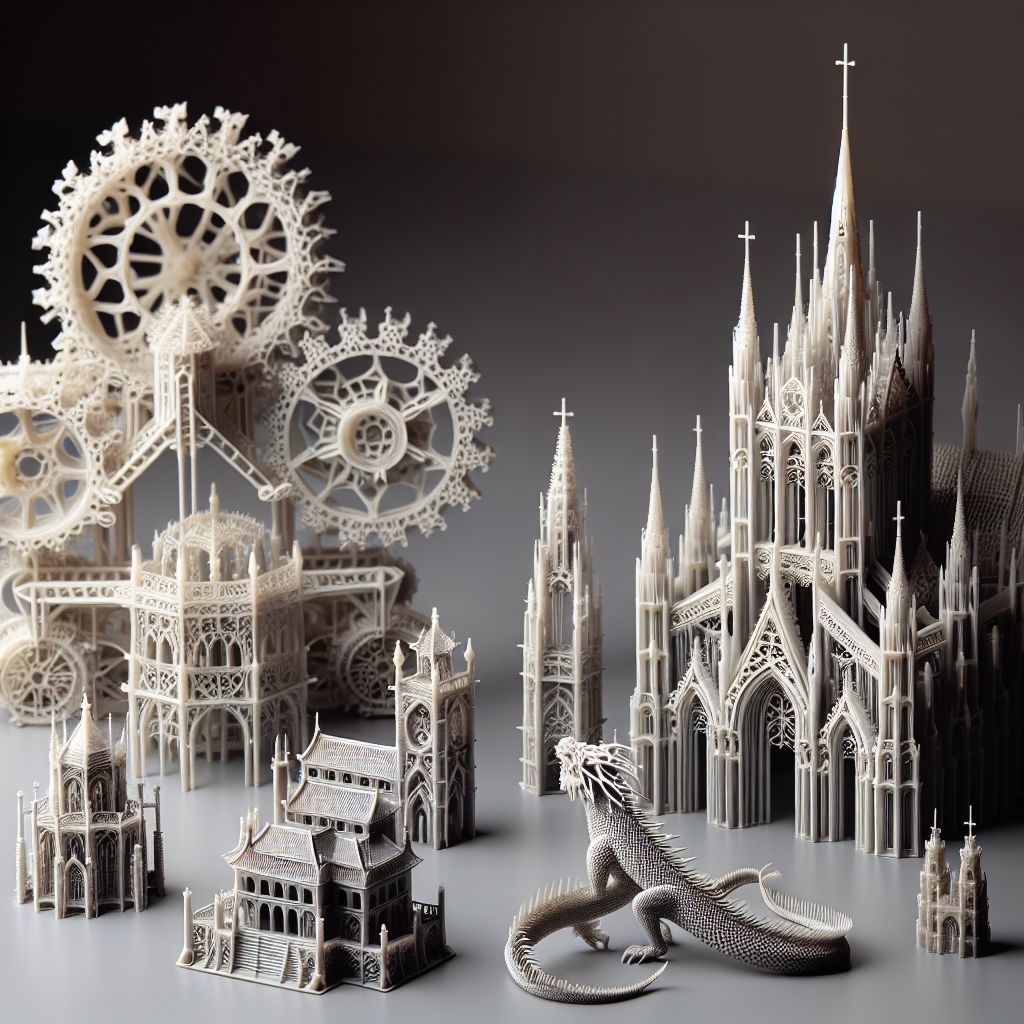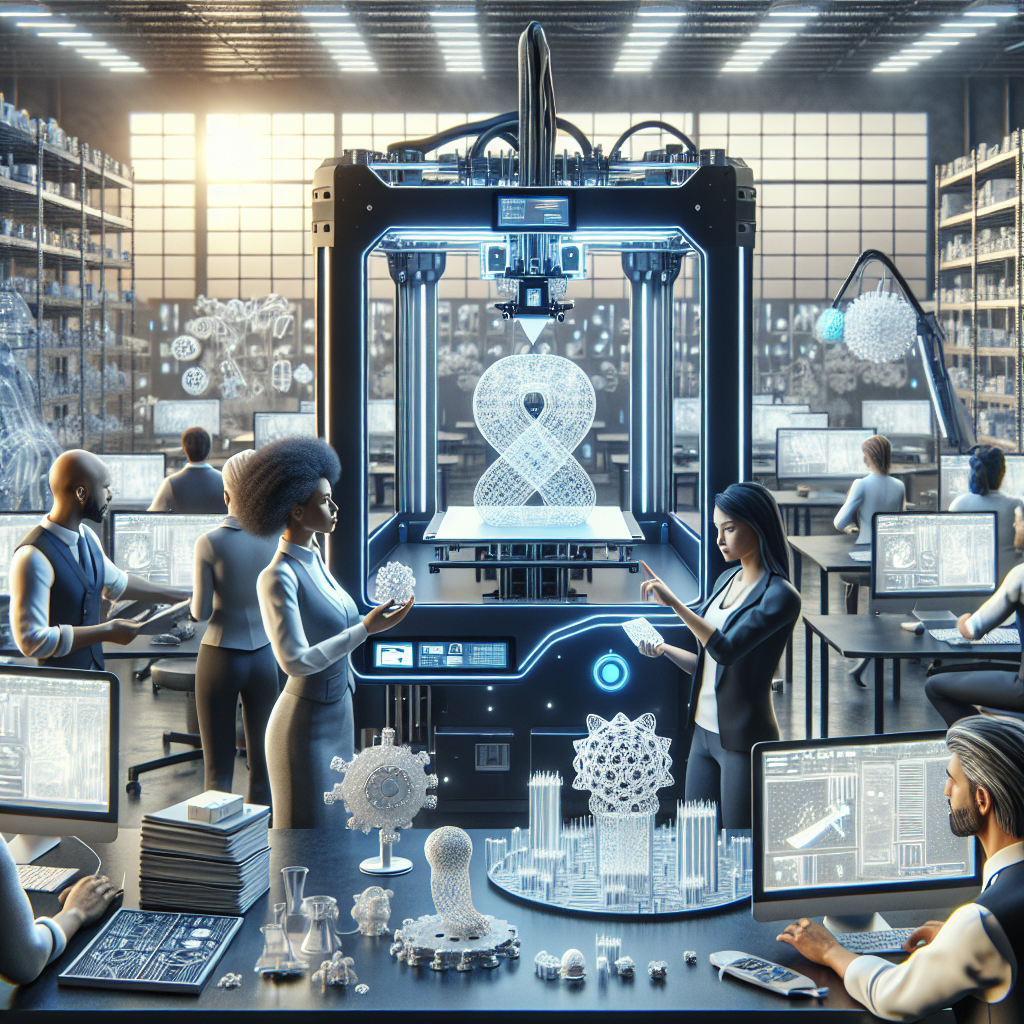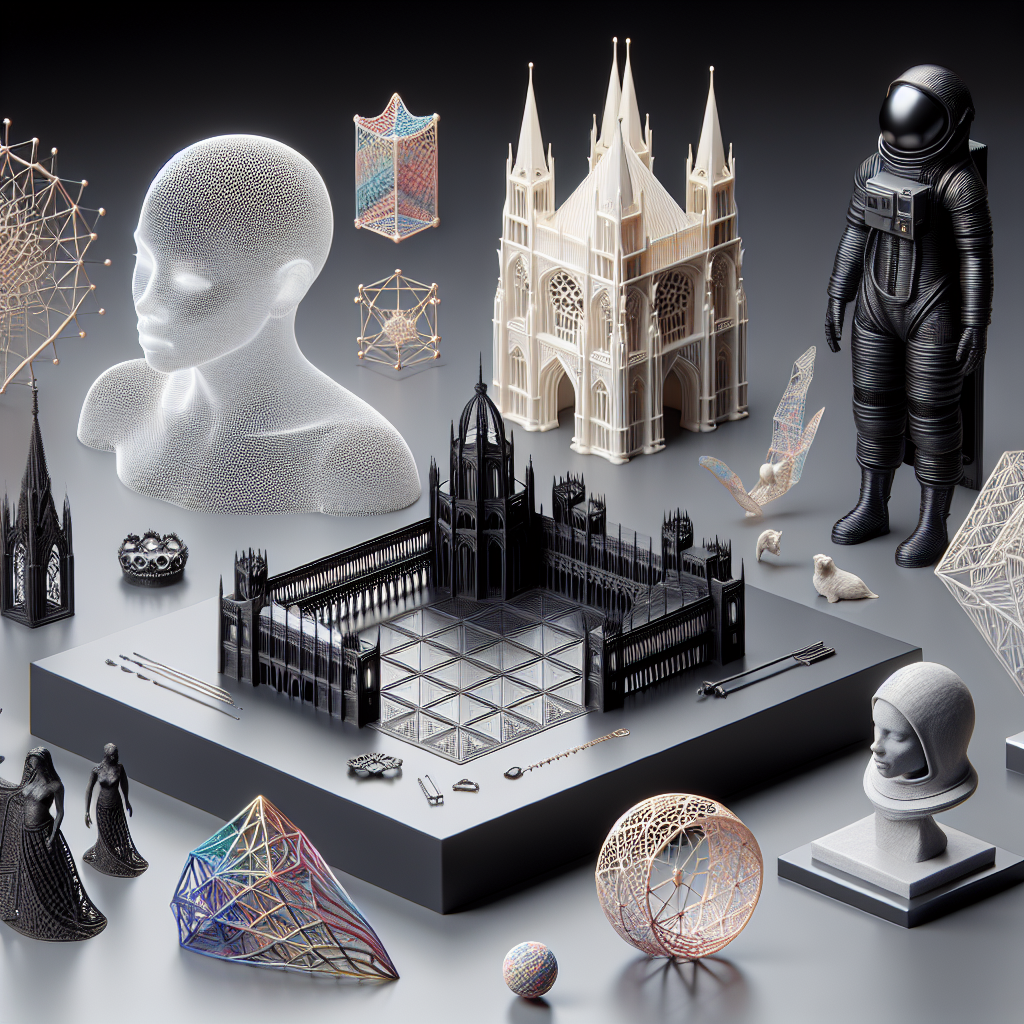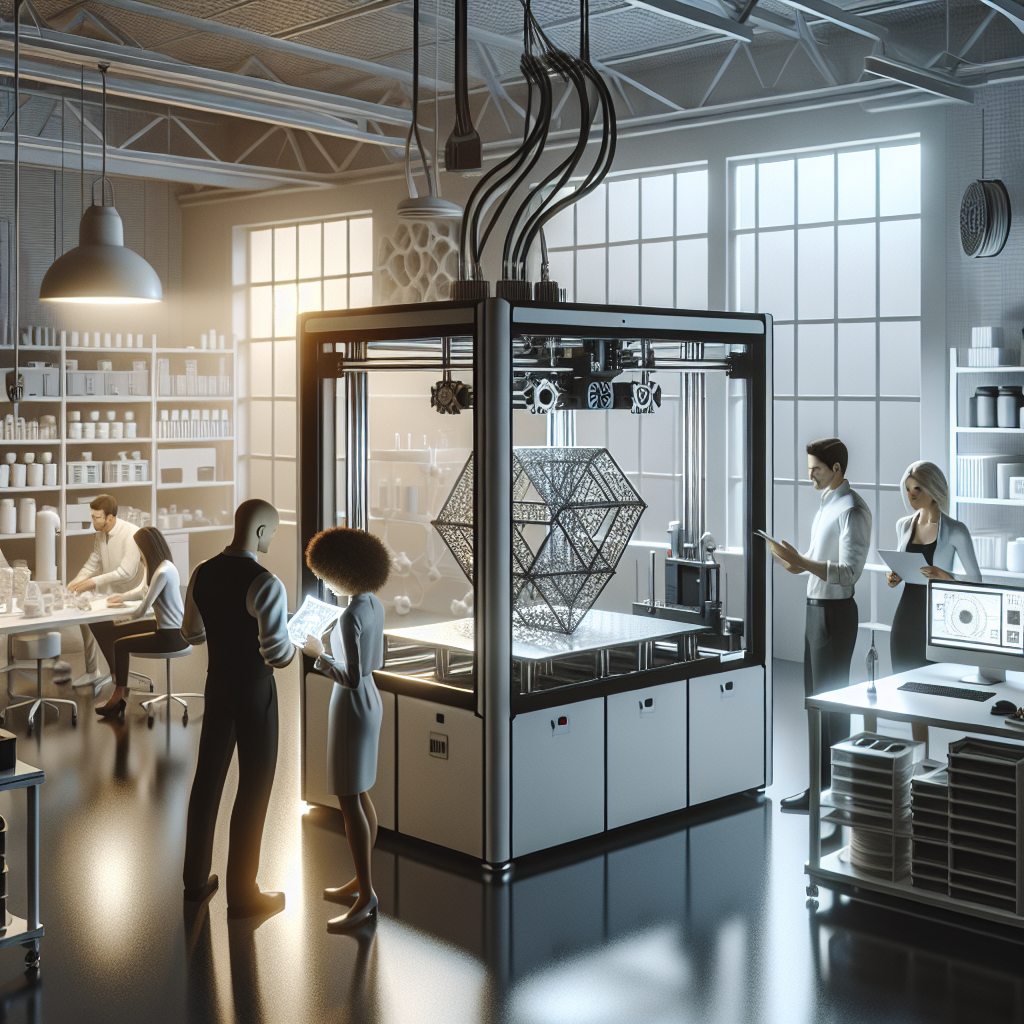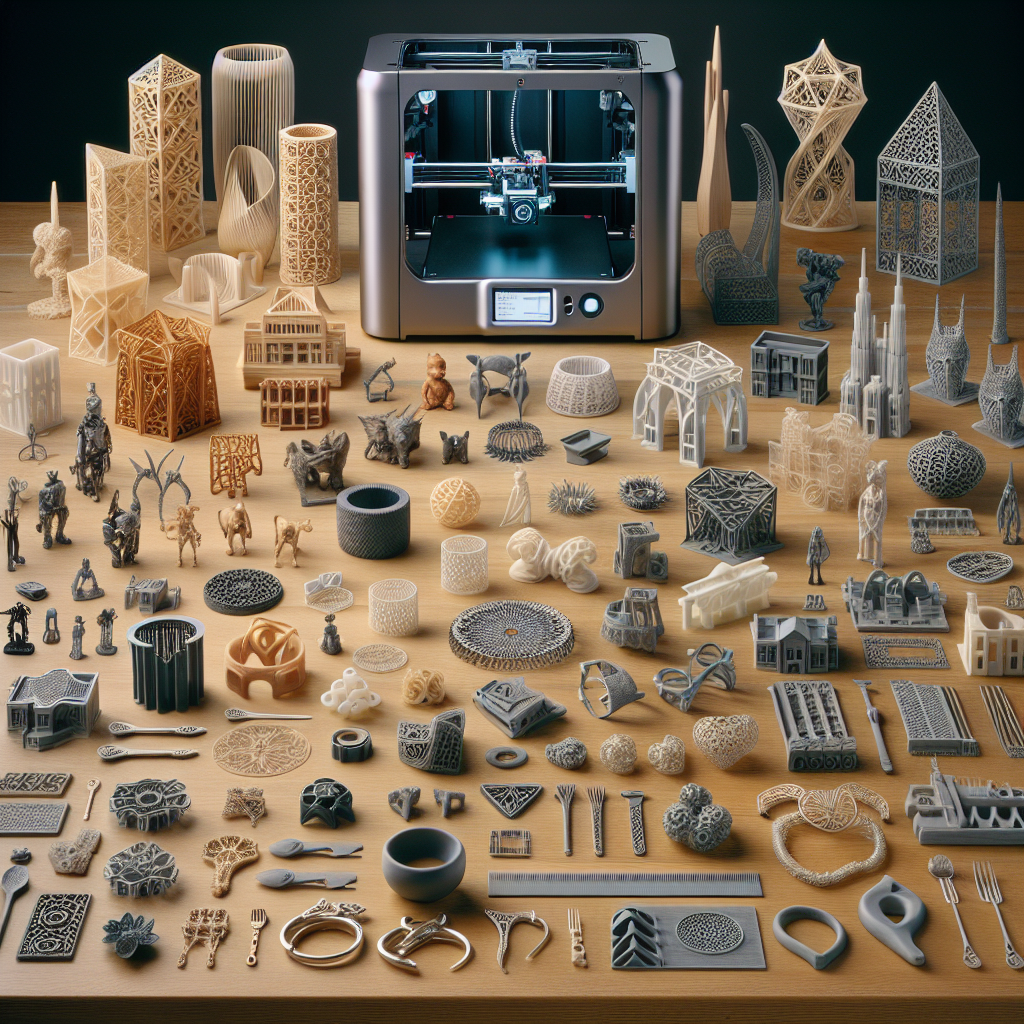The Intersection of Innovation and Quality: Exploring Advancements in 3D Printed Parts
In recent years, the field of 3D printing has experienced a profound transformation, evolving from a niche technology into a crucial component in areas such as manufacturing, healthcare, and aeronautics, among others. The raison d’être of 3D printing has always been the seamless intersection of innovation and unmatched quality, attributes that make it extraordinarily appealing across various industries. As we traverse the intricate landscapes of technological advancements, it becomes increasingly essential to explore how innovations in 3D printed parts not only uphold but enhance quality, pushing the boundaries of what’s possible.
Advancements in 3D Printing Technologies
3D printing, or additive manufacturing, is a process wherein material is layered sequentially, building a part directly from a digital model. From its inception, the technology has been synonymous with innovation. Early methods such as stereolithography (SLA) and fused deposition modeling (FDM) served as the foundation, each offering unique benefits and limitations. Today, we have a plethora of advanced techniques enhancing the quality and diversity of printed parts.
One notable advancement is in the realm of material diversity. Originally limited to simple thermoplastics, the industry now boasts a wide variety of materials such as metals, ceramics, and even bio-inks used for organ printing. Moon Studio 3D’s emphasis on material innovation demonstrates a commitment to maintaining high quality while meeting the varied needs of users.
Innovations in 3D Printing Materials: Material differentiation has led to enhanced part performance in specific applications. Using metals like titanium and aluminum, industries are developing lightweight, robust components catering to sectors from automotive to aerospace. Similarly, the use of bio-compatible materials has been pivotal for the healthcare industry, allowing for revolutionary advancements in prosthetics and implants.
Improving Precision and Detail
For industries where precision is non-negotiable, the resolution capabilities of 3D printing have been game-changing. Innovations in digital light processing (DLP) and selective laser sintering (SLS) techniques have elevated the ability to produce intricate and finely detailed components. These advancements in precision have positioned 3D printing as a cornerstone technology for applications such as microelectromechanical systems (MEMS) and nanotechnology where exactitude and intricacy are critical. Explore detailed 3D product ideas at Moon Studio 3D which exemplify how precision in 3D printing is applied to create immensely intricate designs with impeccable detail.
Speed and Efficiency in Production
While 3D printing has always offered a more flexible and adaptable production method compared to traditional manufacturing, speed is a continually evolving aspect. Enhanced printing speeds have been achieved without compromising the quality of parts, providing industries with a faster turnaround and the ability to iterate designs rapidly. Innovations such as multi-jet fusion (MJF) have contributed significantly to reducing production times while maintaining, if not improving, the quality of outputs.
Incorporating real-time monitoring technologies and AI-driven quality checks ensures that precision is maintained even at higher speeds, as seen in services offered by Moon Studio 3D, where innovation meets efficiency.
Customization and Prototyping at the Forefront
Emphasizing customization, 3D printing is unrivaled in creating bespoke products tailored to individual needs or highly specialized industry requirements. This aspect has proved invaluable in prototyping, where iteration and design flexibility are key. Customization ensures that industries can test and retest products in real-time, refining their designs without incurring prohibitive costs or waste.
Explore Moon Studio 3D’s take on customization, where they illustrate how bespoke projects—from art to engineering elements—are developed with precision and tailored to specific needs.
Environmental Considerations
Another critical advancement in 3D printing is sustainability. As industries are increasingly held accountable for their environmental impact, 3D printing offers substantial advantages. Additive manufacturing typically results in less material waste than subtractive manufacturing methods. Additionally, advancements in recycling printed materials and developing biodegradable polymers further underscore the importance of 3D printing in an eco-friendly future.
Moreover, localizing production through 3D printing reduces the carbon footprint associated with shipping and logistics, providing a more sustainable production alternative. At Moon Studio 3D, the focus on sustainability blends seamlessly with offering high-quality, environmentally-friendly printing solutions.
Challenges and Future Directions
Despite significant advancements, challenges remain within the 3D printing industry. Issues related to production scale, consistency in mass production, and cost remain barriers that must be surmounted. However, with ongoing research and technological innovation, these obstacles are being steadily addressed. Future advancements will likely focus on expanding scale without sacrificing quality, a notable step towards making 3D printing a staple across even more industrial applications.
Conclusions
In conclusion, the evolving landscape of 3D printing vividly illustrates the intersection of innovation and quality. Innovations in materials, precision, speed, and sustainability are collectively propelling the 3D printing industry to new heights. As industries increasingly align themselves with sustainable and efficient production methods, 3D printing will undoubtedly play a pivotal role.
Organizations like Moon Studio 3D symbolize the fusion of advanced technological innovation and unwavering commitment to quality, propelling the industry forward.
As we look to the future, the continued evolution and adaptation of 3D printing will reveal new possibilities, driving further advancements and applications across diverse sectors. The journey of 3D printing serves as a testament to human ingenuity, a promising glimpse into a future redefined by the potential of additive manufacturing.
